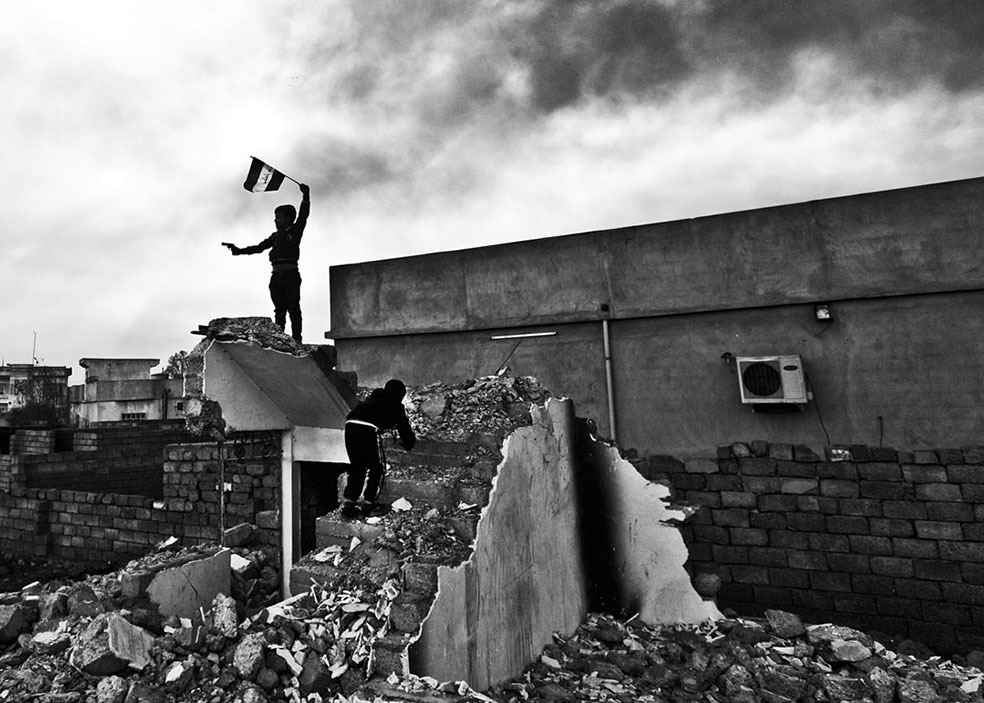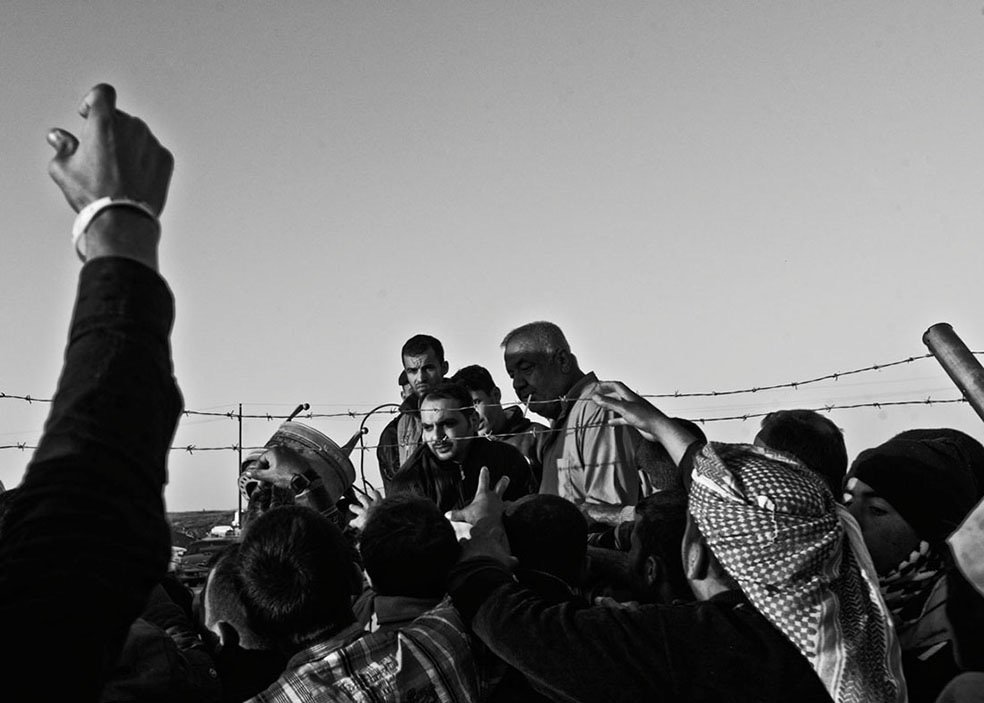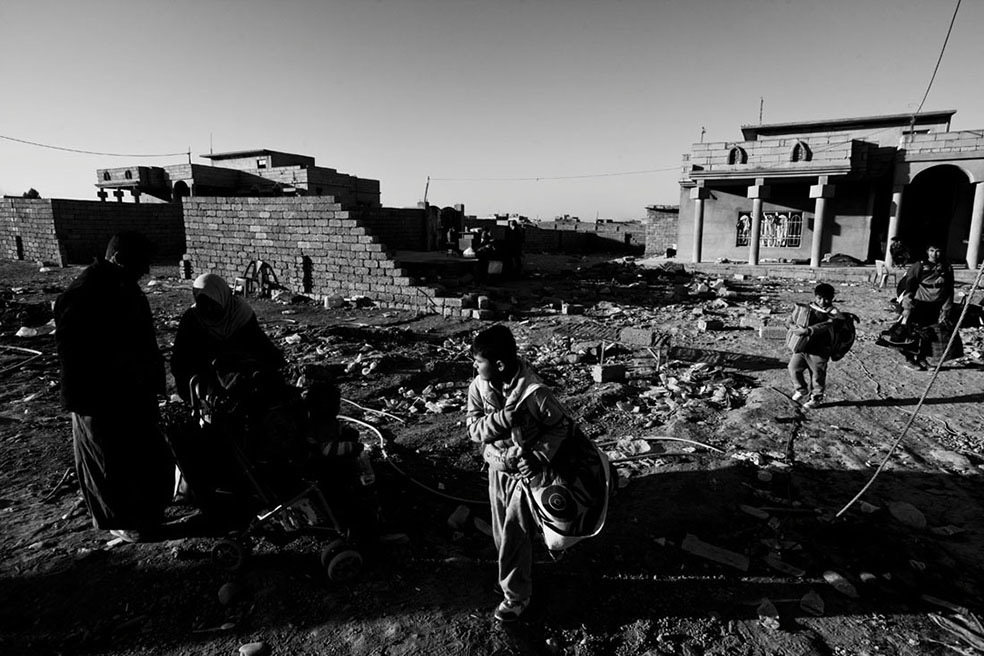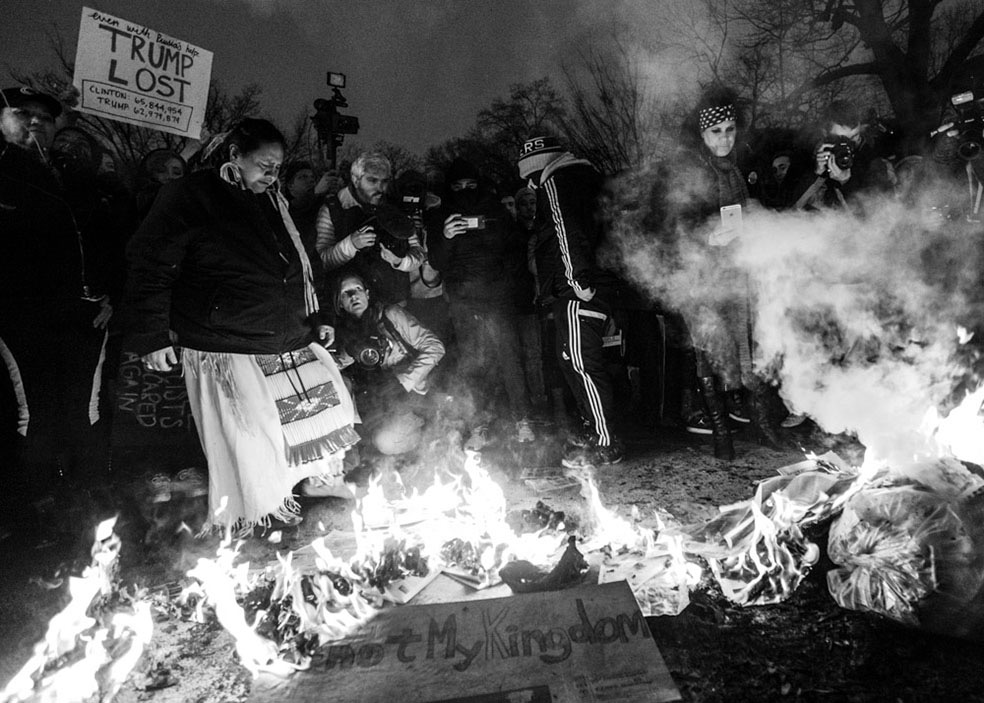Byron Smith is an award-winning photojournalist focusing on human interest stories. He’s a frequent contributor to The New York Times and other publications. He recently was selected for the 2017 New York Times Portfolio Review. He currently lives in Brooklyn and is available for work domestic and abroad.
Website: byronsmithphoto.com
Instagram: @byronsmithphoto
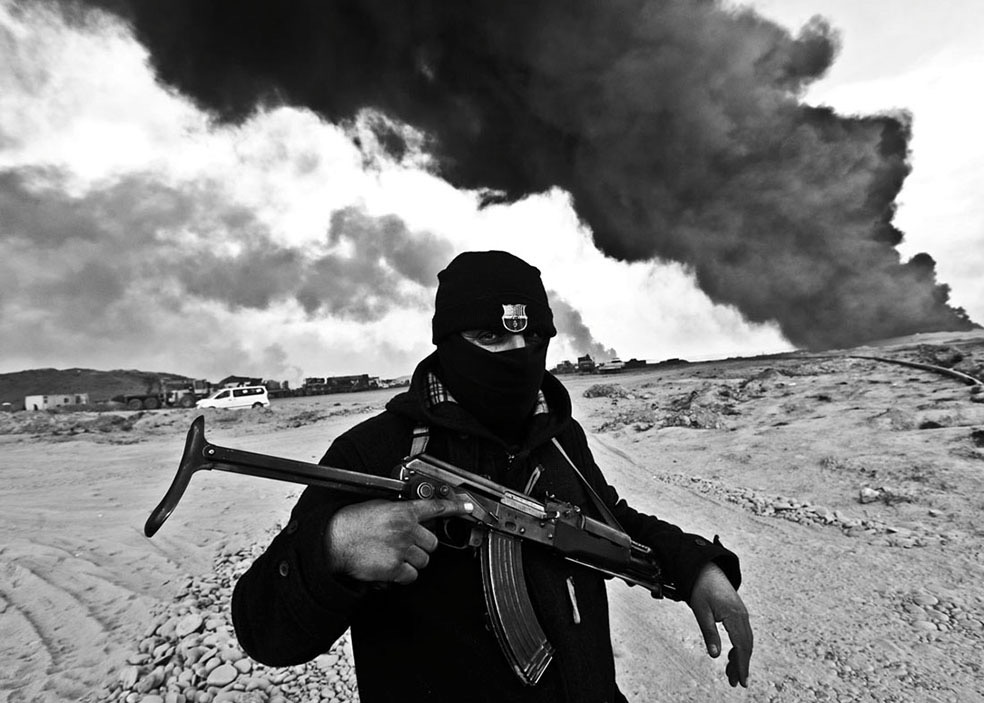
How did you get interested in photography? Do you have an educational artistic background?
I fell in to the craft through studying history back at Boston University. I was always shooting since my high school days and felt that visual journalism would just bring me to the forefront as historical events unfolded so I just stuck with it. I switched my major to journalism my Junior year and have been getting published since then and haven’t looked back since.
Where do you get your creative inspiration from? Is there any other artist or photographer who inspired your art?
In the beginning I would spend a ton of time in local library with my iPod just looking through photo books just to see what affected me and ask myself why. From there I had some amazing mentors who happened to be staff photographers for the university and I really can’t thank them enough for showing me what a good picture is. I would like to think that the painter Caravaggio influenced me to search for the drama in a moment. I think catching that moment is essential because its what gets someone actually stop and contemplate what they are looking at, even if its for a second longer. Cinematography in film as well as music has always had a profound influence on shaping what kind of images I want to create as well.
How much preparation do you put into taking a photograph or series of photographs? Do you have any preferences regarding cameras and format?
I really enjoy spontaneity in the work and really just go out never knowing what to expect. It means more to me to just take my time and just wait until the moment presents itself. It’s really an exercise in patience. That’s not to say I wont at least have the lighting right, which for what I do means being up for the morning light and lingering until sunset.
Can you talk a bit about your approach to the work? What did you want your images to capture?
This was my first time ever covering a conflict. I thought that aspect was important because it enabled me to really just try to communicate visually with my audience on a visceral level. I was always against this war and blame my country for everything that is happening today. After more than 13 years of the U.S. armed forces being in Iraq in one way or another kind of desensitizes us. I felt that I was ready to work on a series showing people back at home that none of whats happening is ok. I covered the refugee crisis on Lesvos the year prior and wanted the Mosul series to show how life and death and desperate the situation is in countries like Iraq and Syria.
Tell our readers more about your award-winning project „Mosul Offensive 2016”.
The series is a photographic quest to document and understand the consequences of a U.S.-backed war between the Iraqi Army and ISIS, for civilians in Mosul, Iraq. As I said previously we’ve been in Iraq since 2003. The people who have really had to bear the brunt are the civilians caught in the middle and with the refugee crisis, I felt it was important to remind people back home that what these people are going through is the reason why they are fleeing. For them there aren’t any other options.
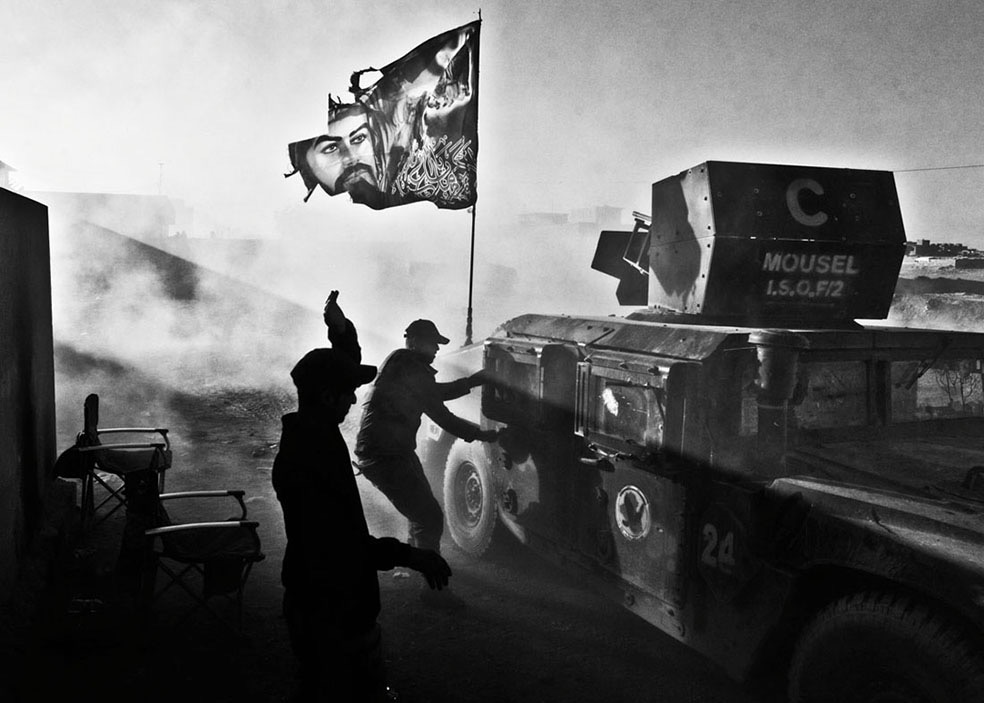
Where is your photography going? What are you currently working on and do you have any photographic plans for future?
I would like to dive deeper and just spend more time in say Mosul or even check out Ukraine and just get down to the nuts and bolts of how these people are carrying on day to day in the shadow of conflict. I want to actually document time healing wounds. I’m also trying to work on a story about the opioid addiction crisis in the U.S. and primarily want to following activists who are fighting for more methods of harm reduction and alternative treatments to heroin addiction rather than an outright ban.
What are your three favourite photography books?
My favorite photo books are W. Eugene Smith’s ”Dream Street: W. Eugene Smith’s Pittsburgh Photographs,” “Elliott Erwitt: Personal Best,” and I really enjoyed the portraits in “Magazine Work” by Diane Arbus.
What do you do besides photography?
Although I love the rhythm of NYC, I really enjoy spending time out in the woods for my own “me” time. I often go trail running a bit out of the city when I have the time, but mostly in Queens where there’s an actual forest with pretty decent trails.
Website: byronsmithphoto.com
